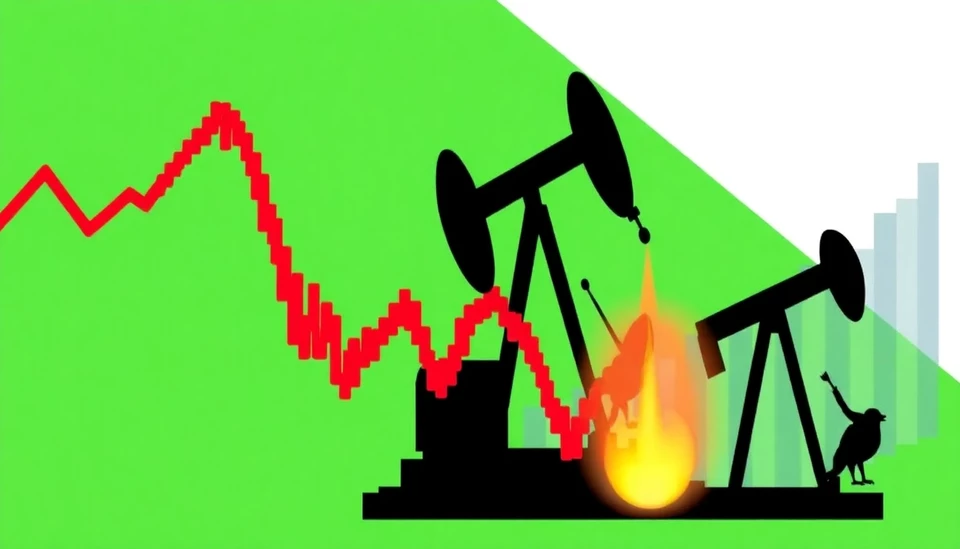
The global oil market is experiencing significant volatility as geopolitical tensions rise and concerns regarding supply disruptions loom over traders' heads. Recent reports have highlighted the interplay between these factors, leading to a rollercoaster ride for oil prices.
In the latest trading sessions, crude oil prices have swayed dramatically, reflecting a mix of both bullish and bearish sentiments among investors. The factors contributing to this volatility include escalating tensions in key oil-producing regions, particularly in the Middle East, as well as economic data coming out of major consumers like the United States and China.
Recent developments in the Middle East have sparked worries about potential oil supply problems. Reports of military activities in oil-rich regions have traders on edge, prompting many to speculate about possible disruptions. Such fears have led to an increase in demand for oil futures, significantly affecting market dynamics. As a result, the price of Brent Crude and West Texas Intermediate (WTI) have seen upward trends, with fluctuations responding to the latest news headlines.
On the other side of the spectrum, some market analysts express caution. While rising tensions might provide instantaneous price spikes, the long-term outlook remains clouded by the prospect of economic slowdowns, especially if inflation continues to rise. Data releases from both the U.S. and Chinese economies have shown concerning trends that could dampen oil demand in the future. For instance, weakening manufacturing data from China has raised red flags about the nation's recovery, leading analysts to question the demand outlook for crude oil.
Moreover, OPEC’s recent announcements regarding production cuts are also stirring the pot. The group's commitment to stabilizing prices while navigating external pressures reflects its ongoing strategy to manage supply and demand effectively. However, the effectiveness of these measures may be tested by an uncertain global economic landscape and the potential re-emergence of rival production from countries like the U.S., where shale oil production remains relatively high.
As traders prepare for the week ahead, the focus will likely remain on any geopolitical developments and economic data releases that could further influence market sentiment. Confidence in the oil market hinges not only on geopolitical stability but on the overall health of the global economy. Analysts continue to caution traders to stay vigilant and keep a close eye on both macroeconomic indicators and geopolitical events.
In conclusion, the oil market appears to be navigating through turbulent waters, with a mixture of optimistic and pessimistic viewpoints shaping participants' expectations. The intricate balance between supply concerns and demand signs will determine the direction of oil prices in the coming days.
#OilMarket #CrudeOil #BrentCrude #WTI #Geopolitics #OPEC #Prices #SupplyChain #Economy #Energy #Investing
Author: Samuel Brooks




